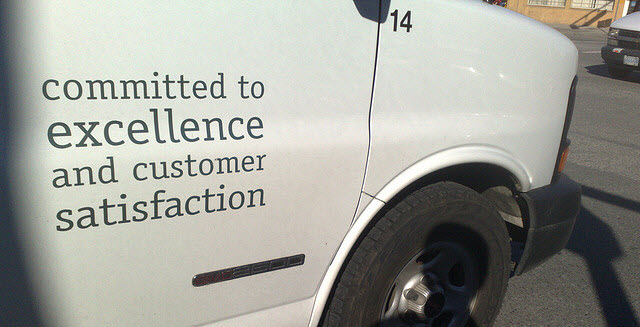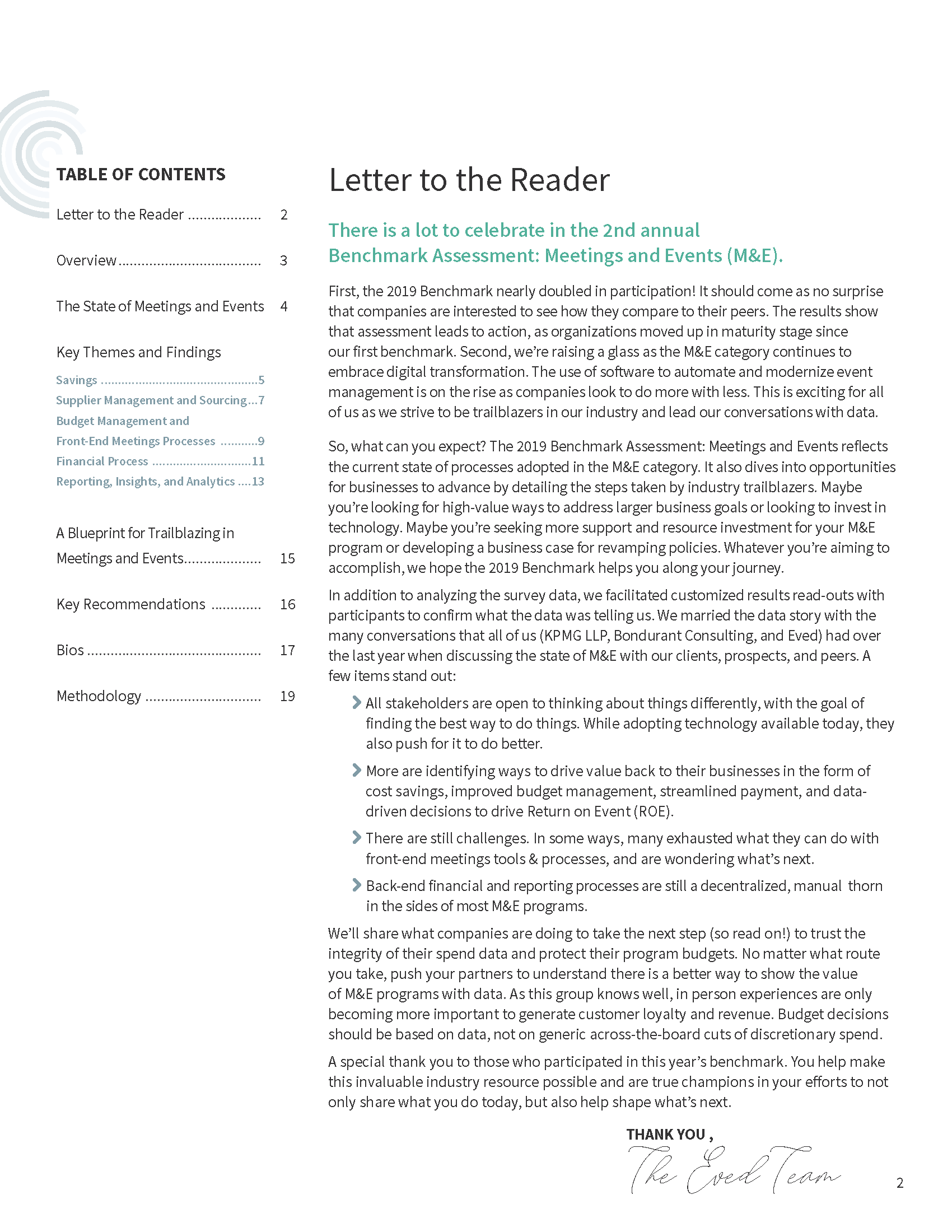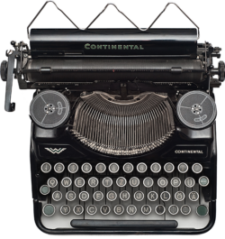
Spend Analysis Reports for the Meeting and Event Industry
Following are seven spend analysis reports you need to successfully analyze and act on your meeting and event spend. Whether you’re in corporate procurement and experienced with procurement but may not be as well versed in the nuances of meeting and event spend, or you work for a smaller destination management company and aren’t yet as familiar with spend analysis, this blog is for you!
1. Spend by Category
This report will provide total spend by category, such as Decor, Food and Beverage, Transportation, etc. It should allow you to drill down to the lowest level available, meaning that you can view your spend at the lowest item transaction level, and not just overall by supplier, or a total from a Purchase Order.
Why is this important? You may want to compare it to budgets, forecasts, or contracts to ensure that you aren’t overspending, or to ensure that you’re capturing all of your spend. If you budgeted $125,000 on decor, but the report states that you spent $350,000, you know you have a problem. This report should provide historical data that can act as benchmarking data, as well as trending data. You should also track which categories contribute the largest percentage of your spend. And a spend by category report with accurate, up-to-date numbers will also give you that much more buying and negotiating power with your suppliers.
2. Spend by Supplier
This report will provide total spend by supplier, such as each individual DMC, hotel, transportation company, etc. and will depend on the accuracy of the data. Have all suppliers been grouped and normalized, meaning you’ve fixed all of the various spellings of your suppliers? How many different ways have you spelled Hilton/Hillton/Hilten? Have all parent/child relationships been linked? In other words, do you have all the Hilton subsidiaries linked and grouped together so that you’re getting an accurate total of all your spend with that supplier?
Why is this important? This report will automatically identify your top suppliers by spend and the percentage they contribute to your overall spend. Are you spending significantly more with one hotel chain over another? Is there a contract opportunity with this hotel chain? Are you adhering to your existing contract terms with this hotel? What are the contract, discount and payment terms for those suppliers? Does it make sense to consider a relationship with a DMC consortium?
3. Spend by Month
This report will provide total spend by month.
Why is this important? This may not be important to event managers, and of course it will fluctuate seasonally, but in terms of costs, budgets, and forecasts, this is an important report for procurement and finance.
4. Spend by Location
This report will provide total spend by a location, or for your specific corporate structure could be teams, products, offices, regions or countries.
Why is this important? This report will identify which location, team, product, region, etc. contributes the most to your total meeting and event spend. Where are you hosting events? Are certain locations more or less expensive for hosting events? This report will support an analysis of costs and revenue and identify any outlying issues or red flags.
5. Maverick Spend
This report will provide spend from non-preferred or un-approved suppliers, or depending on the organization, it could also be spend outside of the eProcurement system, outside of an approved catalog or marketplace, or items not included in a contract.
Why is this important? Any spend that is designated as maverick spend will cost the company significantly. Spend with a non-preferred supplier may be less, but a rebate opportunity was missed, or the processing costs are higher. Spend outside of the eProcurement system will result in additional processing and resource costs. Spend outside of an approved catalog, or not included in a contract, will cost more than items that have been negotiated with your suppliers.
6. Pareto Analysis
This report will provide the 20% of suppliers that make up 80% of your spend.
Why is this important? Some companies only manage the 20% of suppliers that make up 80% of their spend, since this is the easiest to manage – a small number of suppliers that make up a large percentage of your spend. The remaining 20% of your spend is referred to as tail-spend management. The cost and resources needed to manage this bottom 20% often doesn’t offset the savings realized.
7. Opportunity Analysis
This report will provide an analysis of the savings opportunities available. It may include supplier contracts that are about to expire – which could lead to better contract terms than previously negotiated. It may include categories or items tied to a large number of suppliers – which presents the opportunity to decrease the number of suppliers. Other opportunities may include vendor rating reports, allowing you to analyze the risk associated with certain suppliers and their alternatives.
Why is this important? Providing a report that is specific to this information allows you to easily make savings and cost decisions that will affect your bottom line.
Are there any reports that I’ve missed?
image credit: reynormedia





Recent Comments